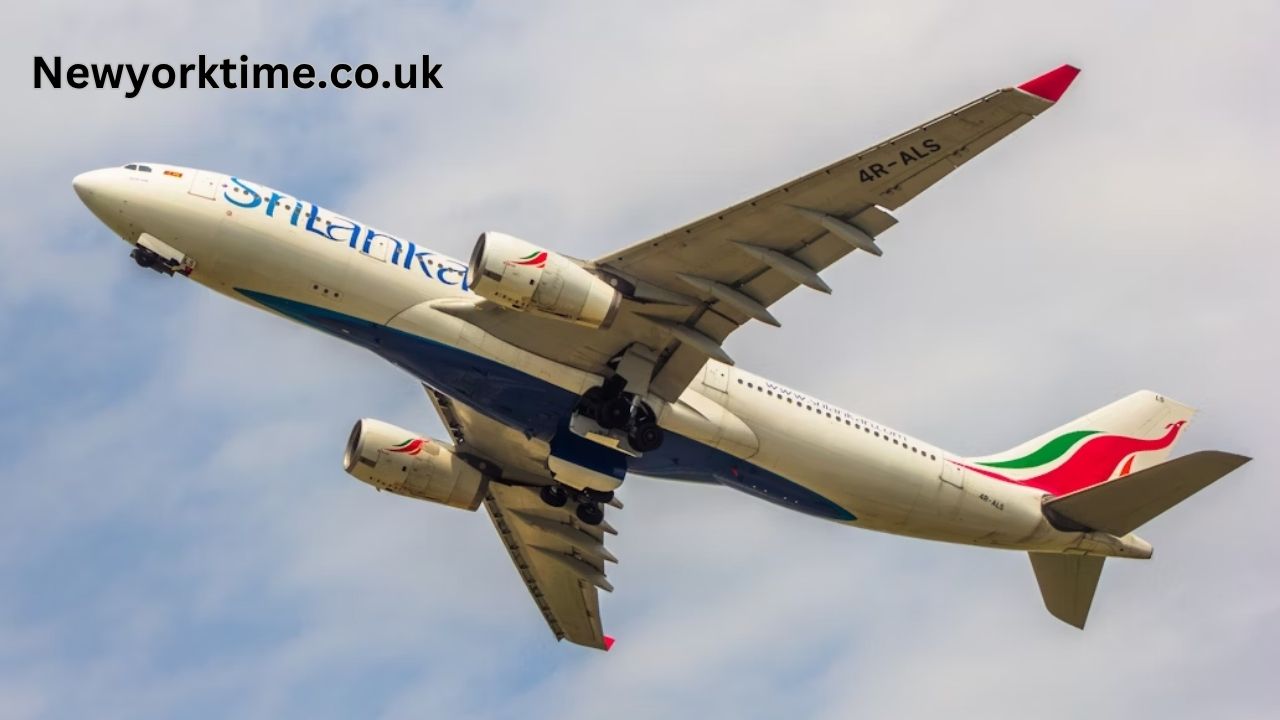Introduction: United Airlines Flight UA770 Emergency Diversion
On June 30, 2025, the United Airlines Flight UA770 emergency diversion drew global attention as the aircraft was forced to make an unscheduled landing due to a mid-air technical issue. While all passengers and crew landed safely, the incident raised serious questions about in-flight safety, aircraft maintenance, and airline response protocols. This article takes an in-depth look at what caused the emergency diversion, how the situation unfolded, and the implications for passengers and the aviation industry.
United Airlines Flight UA770: Flight Overview
Origin and Destination
United Airlines Flight UA770 departed Los Angeles International Airport (LAX) on schedule, with its destination set for Newark Liberty International Airport (EWR). The aircraft, a Boeing 737-900, had over 150 passengers and multiple crew members onboard.
Initial Flight Conditions
The flight took off under clear skies with no anticipated issues. It reached cruising altitude smoothly, and passengers settled in for what was expected to be a routine cross-country journey.
What Triggered the United Airlines Flight UA770 Emergency Diversion?
Mid-Air Alert
Approximately two hours into the flight, cockpit instruments alerted pilots to a potential issue with the hydraulic pressure system. These systems control critical flight operations, including landing gear, brakes, and flaps.
Decision to Divert
Following standard aviation safety procedures, the crew opted to declare an emergency and coordinate an immediate diversion to Denver International Airport (DEN), which was the nearest suitable location to land.
ATC Communication
Air Traffic Control (ATC) was promptly informed. Ground crews at Denver were alerted and emergency services were deployed in anticipation of the aircraft’s arrival.
Inside the Cabin: Passenger Reactions During Diversion
Announcement from the Cockpit
The captain informed passengers of the emergency diversion in a calm, measured tone. Passengers were instructed to remain seated with seatbelts fastened, and flight attendants swiftly secured the cabin.
Passenger Experience
Despite initial tension and fear, most passengers remained composed. Some travelers used social media to share real-time updates, sparking widespread public interest. No oxygen masks were deployed, and no turbulence accompanied the diversion.
In-Flight Services Halted
Shortly after the announcement, all in-flight services were suspended. Passengers noted that flight attendants handled the situation with professionalism and efficiency.
Safe Landing: United Airlines Flight UA770 Arrives in Denver
Smooth Touchdown
The emergency-diverted aircraft landed without incident at Denver International Airport. Fire trucks and emergency medical services stood by, but fortunately were not needed.
Technical Inspection Begins
United Airlines technicians and FAA inspectors quickly began assessing the aircraft. Initial findings pointed toward a hydraulic failure in one of the backup systems.
Passenger Disembarkation
Passengers were guided off the plane safely. United Airlines arranged for accommodations and alternate travel plans to get them to Newark or other final destinations.
Official Statements Following the United Airlines Flight UA770 Emergency Diversion
United Airlines Response
United Airlines released a statement confirming the emergency diversion and praised the flight crew for their prompt actions. The airline reiterated its commitment to passenger safety.
“Our crew acted swiftly and professionally, prioritizing safety above all else,” the statement read. “We appreciate our passengers’ understanding during this event.”
FAA Involvement
The Federal Aviation Administration also issued a brief statement, noting that an investigation was underway to determine the exact cause of the hydraulic system malfunction.
What is a Hydraulic System Malfunction?
Understanding Aircraft Systems
Hydraulic systems in commercial aircraft are responsible for controlling essential flight components such as brakes, flaps, and steering. Even with multiple redundancies, failure in one system can trigger a required diversion.
Why the Diversion Was Necessary
Though the aircraft was not in immediate danger, the failure of one hydraulic system limits operational flexibility, especially for landing. FAA regulations mandate emergency protocols in such scenarios to ensure safety.
Lessons from the United Airlines Flight UA770 Emergency Diversion
Importance of Crew Training
This incident highlights the importance of rigorous training. The crew followed safety protocols precisely, ensuring no harm came to any passengers.
Passenger Preparedness
It also emphasizes why passengers must always follow safety instructions. Staying calm and listening to the crew helps maintain order during such events.
Emergency Diversions Are Not Rare
While the United Airlines Flight UA770 emergency diversion gained media attention, emergency diversions occur more frequently than most realize. They are a sign that systems are working as intended to keep passengers safe.
Media and Social Media Reactions
News Coverage
Major news outlets quickly picked up the story, offering live updates and analysis. Aviation analysts praised United Airlines and the crew for managing the situation effectively.
Social Media Buzz
Videos and photos from inside the plane went viral. Hashtags related to Flight UA770 trended on Twitter and Instagram, with passengers sharing stories of professionalism and calm during the emergency.
Passenger Rights During Emergency Diversions
Entitlements Under U.S. Law
According to U.S. Department of Transportation guidelines, passengers involved in emergency diversions are entitled to assistance. This includes food, lodging, and rebooking at no extra cost.
Compensation and Customer Service
United Airlines offered vouchers and full refunds to several affected passengers. Additionally, their customer support staff worked around the clock to rebook flights and address traveler concerns.
Aviation Experts Speak on the UA770 Diversion
A Sign of Strong Safety Measures
Experts agreed that the United Airlines Flight UA770 emergency diversion was a strong example of safety measures working effectively. No panic, no injuries—just solid protocol.
What Can Be Improved
Some suggested that United Airlines and others should invest in even better onboard diagnostics to detect potential issues earlier. However, overall reviews were positive.
Final Thoughts: The Bigger Picture of United Airlines Flight UA770 Emergency Diversion
The United Airlines Flight UA770 emergency diversion proved that modern aviation safety protocols are robust and effective. Thanks to the crew’s quick thinking, comprehensive training, and advanced systems, a potentially serious issue was managed with minimal disruption.
While technical malfunctions can never be entirely avoided, the aviation industry’s response capability remains the key differentiator between inconvenience and disaster. This incident serves as both a warning and a reassurance that safety remains the top priority in the skies.
